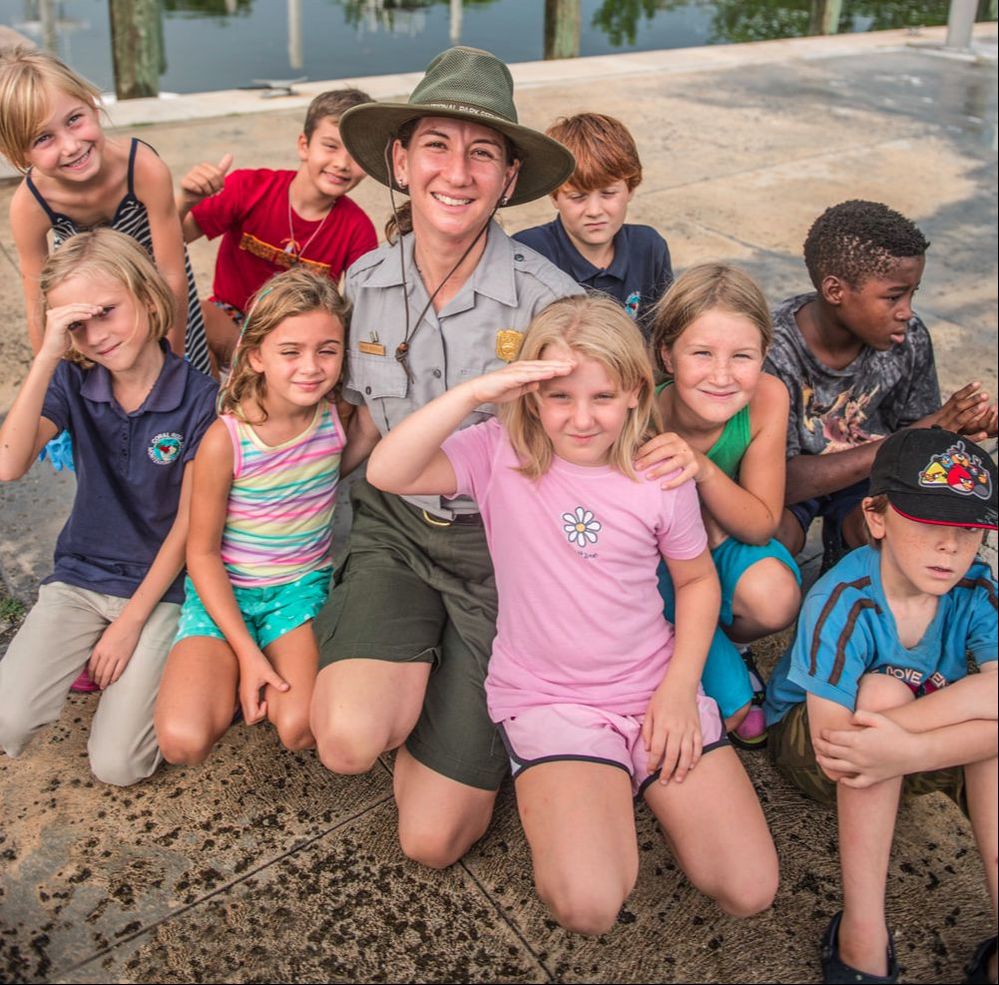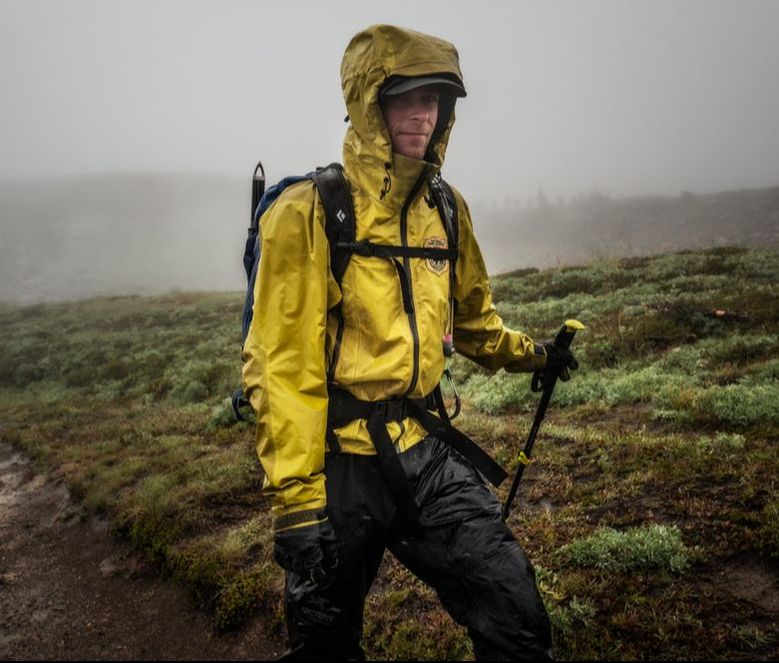Excerpts from the book
Below are two excerpts from stories written for the book RANGERS - Personal Stories of National Park Rangers and the Landscapes They Protect and Preserve by Daniel Howe and Simon Griffiths
Please note that these are unedited drafts. I hope you can excuse the occasional grammatical lapses, weird sentences and clunky transitions. If you'd like to be on the list to receive future excerpts, Subscribe to our mailing list!
|
Want to read more? Sign up for our mailing list to be among the first to get the entire book!
|
|

